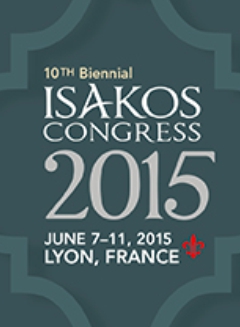
ISAKOS 2015: The effect of different posterolateral bundle graft fixation angles in DB ACL

ISAKOS 2015: The effect of different posterolateral bundle graft fixation angles in DB ACL
A Randomized Controlled Trial of Different Posterolateral Bundle Graft Fixation Angles in Double-Bundle Anterior Cruciate Ligament Reconstruction
CONFERENCE ACE REPORTS
This ACE Report is a summary of a conference presentation or abstract. The information provided has limited the ability to provide an accurate assessment of the risk of bias or the overall quality. Please interpret the results with caution as trials may be in progress and select results may have been presented.
Synopsis
90 patients who underwent primary double-bundle ACL reconstruction were included. The anteromedial bundle (AMB) was fixed at 20 degrees and patients were randomly allocated to receive posterolateral bundle (PLB) graft fixation at 0, 20 or 45 degrees of flexion. The purpose of the study was to determine the effect on clinical outcomes with differing PLB graft fixation angles over a 2-year follow-up...
To view the full content, login to your account,
or start your 30-day FREE Trial today.
FREE TRIAL
LOGIN
Forgot Password?
Explore some of our unlocked ACE Reports below!

Learn about our AI Driven
High Impact Search Feature
Our AI driven High Impact metric calculates the impact an article will have by considering both the publishing journal and the content of the article itself. Built using the latest advances in natural language processing, OE High Impact predicts an article’s future number of citations better than impact factor alone.
Continue



 LOGIN
LOGIN

Join the Conversation
Please Login or Join to leave comments.